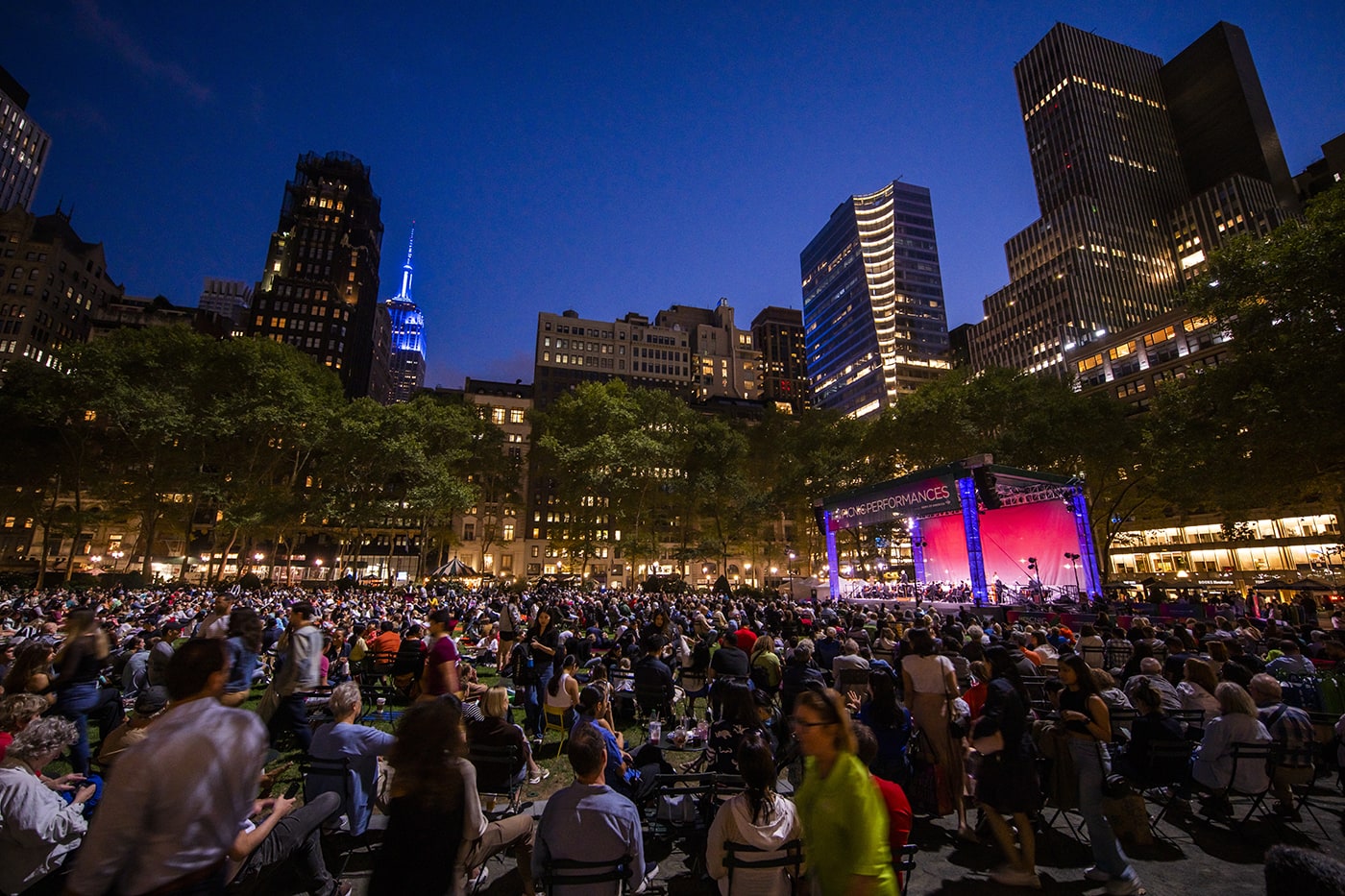American Expressions
By Leon Botstein
Welcome to our season-opening concert, one that celebrates an extremely creative moment in the history of American music. The composers on this program were selected on account of their originality and their commitment to writing music that properly mirrored the American experience.
Classical and concert music in America, until the first decade of the twentieth century, was largely dominated by European models, particularly German, Russian, and French. A younger generation of composers thought to break away from the European heritage. They were encouraged first by AntonÌn Dvoř·k, who briefly took a position at the end of the nineteenth century as the head of a national conservatory of music in New York. He urged his American students to look to the experience of African Americans and the indigenous populations of the continent for inspiration. Among the routes to independence that appeared attractive to a generation of American composers eager to strike out on their own was the advent of modernism and the rejection of the practices of Romanticism in music. Twentieth century modernism sought explicitly the international and cosmopolitan, and forged an approach to writing music that signaled a break with the past.
Each of the composers on this program developed a different approach. Florence Price was less concerned with rejecting musical Romanticism than with adapting it to give expression to the African American heritage and experience. George Antheil sought to take his place as an experimentalist and innovator and took on the role as enfant terrible, first within a European context with his Ballet MÈcanique. Among other things, he foregrounded jazz as a path to a modern American sound. Later in his career, his music became more conservative, but his adventuresome spirit remained alive, particularly through his patent for radio frequency hopping, developed together with the actress Hedy Lamarr, for an innovative radar dependent weapon.
Ruth Crawford Seeger followed the modernist move to smaller ensembles, thereby avoiding the lush Romanticism of the nineteenth century. She also experimented with new ways of organizing pitch. Her exact contemporary, Aaron Copland, after studying with Rubin Goldmark, the nephew of the distinguished late nineteenth-century Hungarian-born Jewish composer, Karl Goldberg (whom Sibelius went to Vienna to study with), sought the tutelage of Nadia Boulanger, the great teacher and associate of Igor Stravinsky, in France. Throughout the 1920s until the 1930s, Copland sought to perfect a distinctive American modernism that adapted elements of jazz and novel melodic elements that mirrored the post-war American urban cultural scene. It would then turn in the 1930s to a more populist style that enabled him to express a profound affinity for the American landscape and the democratic spirit of its peoples.
I hope this concert gives the audience a sense of the aspirations and incomparable energy of America during the first decades of the twentieth century, particularly after America made its decisive entrance into world affairs in 1917 when it played its indispensable role on the battlefields of World War I.


